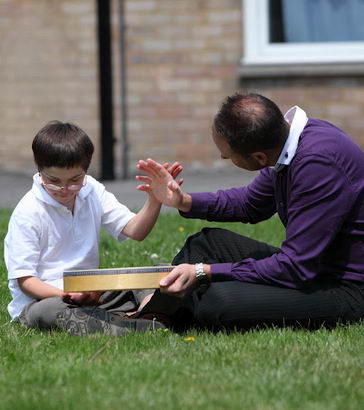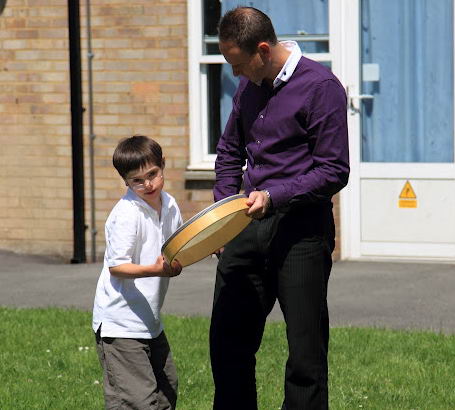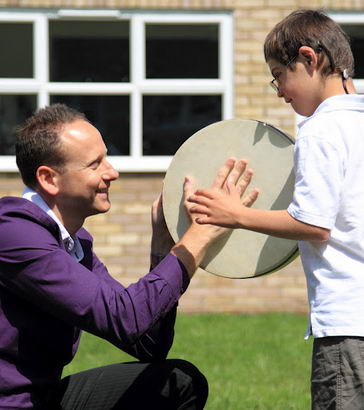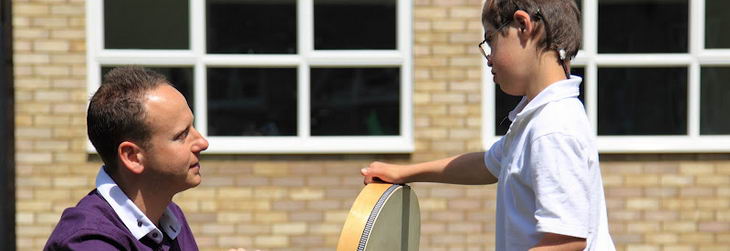
Children with complex needs need creative, flexible and inspirational approaches in order to assess their styles of learning and suggest effective ways of personalising their curriculum. A holistic transdisciplinary therapeutic (TDT) approach to assessment can be a highly effective method of meeting the needs of these children.
This is harder to achieve when separate assessments are carried out and the findings then pieced together at a later stage.

Jason is a six year old boy who has been diagnosed with autism and severe learning difficulties. His understanding of spoken language is greatly enhanced by the use of signs and photographs.
He is able to use a picture exchange communication system and use a few spontaneous Makaton Signs such as 'please', 'biscuit' and 'more', but finds it very challenging to physically attempt more signs than this.

Jason's class teacher asked a speech and language therapist for advice on how to address Jason's barriers to learning. Since Jason responded well to music, the therapist felt that a TDT assessment with a music therapist and an occupational therapist would be the most conducive way to consider Jason's communication needs in a holistic way.
A TDT session was arranged to look at all of these difficulties, and focus on how to optimise classroom engagement. Each therapist was integral to the success of the session. Jason clearly benefits from this holistic approach.

The session led to a much greater understanding of Jason's needs and ideas were given for improving engagement. For example,
providing sensory stimulation during circle time and integrating alternative media such as singing into all
teaching activities.
A selection of motivating symbols relating to the classroom were also provided, with the recommendation that they should be presented singly, or, at most, two at a time. A TDT group has also been organised for the subsequent term.